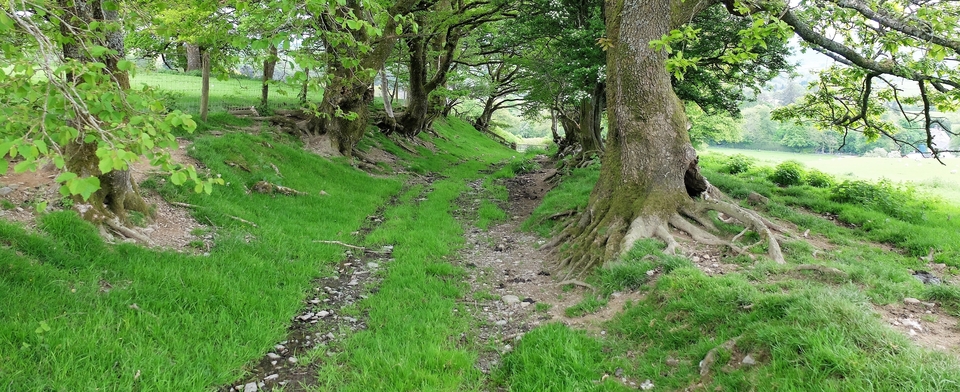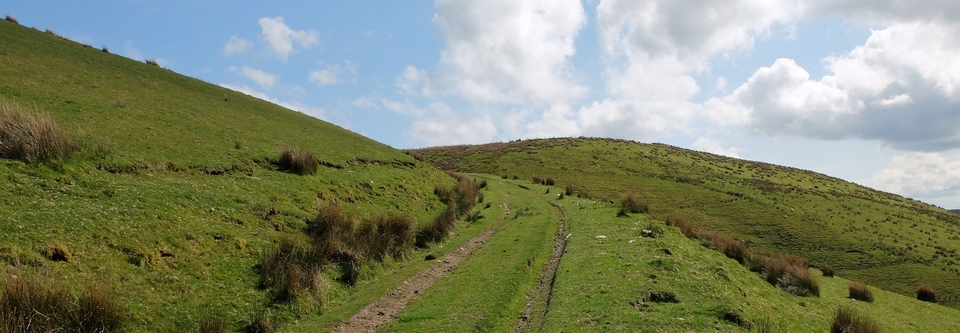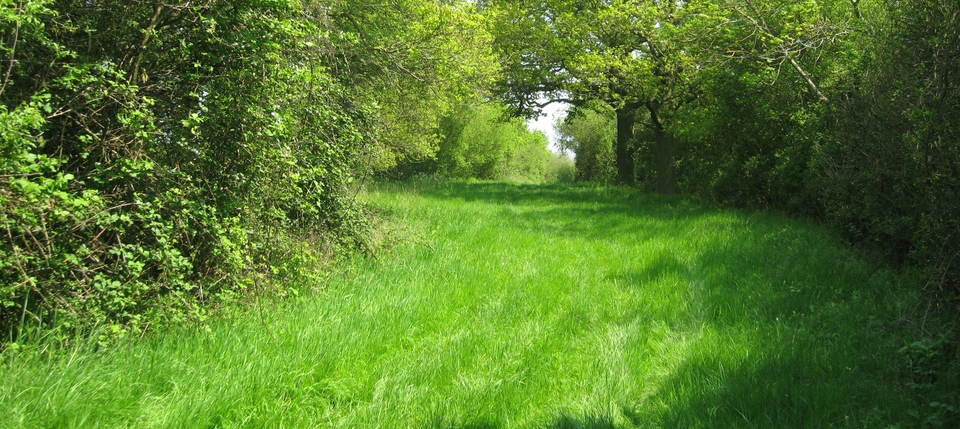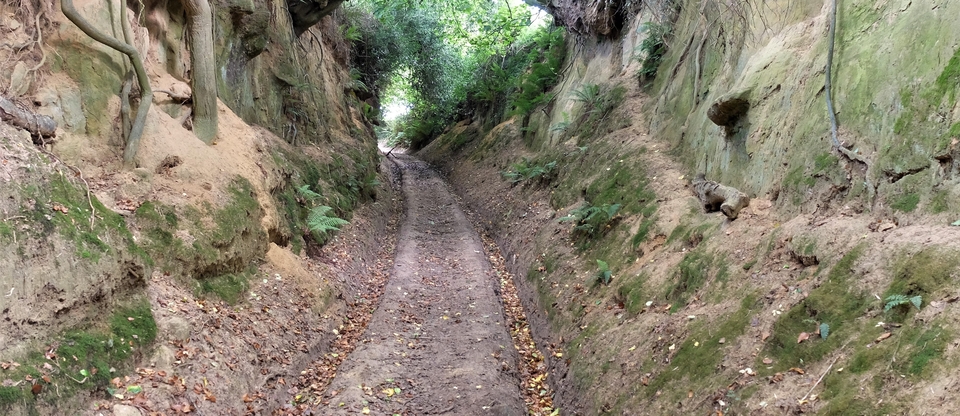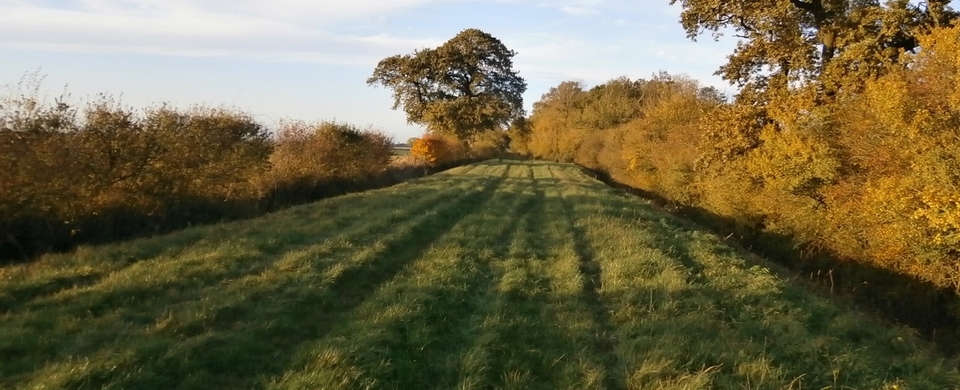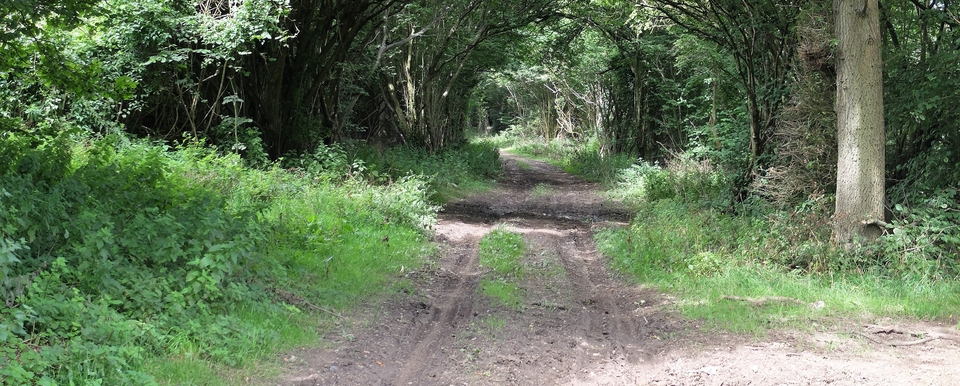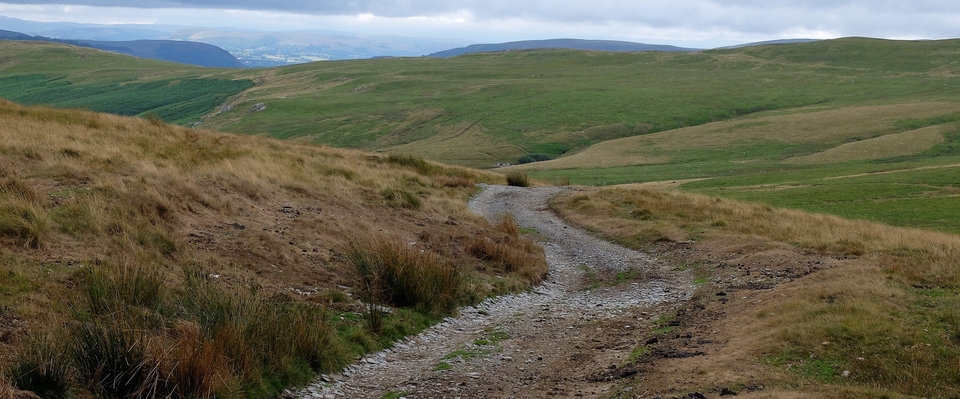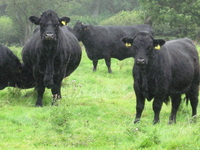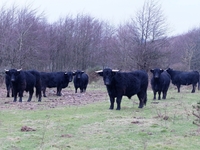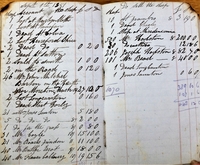The Beasts
The Welsh Black
Welsh Black cattle had been brought up on 'desert grass'. so the valleys of the Midlands - the Welland Valley, the Nene Valley, Aylesbury Vale - must have seemed to them like heaven. Did the even put on weight in the course of the drove?
Philip Arrowsmith, who farms Welsh Blacks at Newbridge-on-Wye, says this:
- They are good milch cows (and milk = cheese = protein).
- They are strong enough to pull the plough more efficiently than a Hereford twice the size.
- They are good, and prolific, mothers. A dozen calves in a cow's lifetime is not unusual.
- They are, above all, tractable. They aren't likely to gore the farmer's wife while he's at market.
The Welsh Blacks on the right are the result of careful breeding and excellent feed. A beef steer will go to market at 600-650 kilos today, says Philip. In Nelson's time it was 300 kilos1. Long-legged skinny things, they must have been, a 'different beast altogether'.
As far as the customers in England were concerned, mountain cattle had two great advantages: for their size they would put on weight quicker than lowland animals and their meat was thought superior. A Michaelmas Runt Fair was held in Maidstone every year in the first week of October.2
They do panic easily, however. One man spent three hours recovering his herd after a stampede; another I read about only gathered the beasts together after two weeks...
The horns of Welsh Blacks can be turned either upwards or downwards (see #2). Some say male horns go up & females down but this may be chauvinism or wishful thinking.
Sheep were often driven in flocks of 2,000, many being lost on the way (see #3 from the Jonathan account book). Twm Elias says that agile mountain sheep found it easy to climb, jump or wriggle through ordinary walls and hedges, so their destination was often either a big estate with high walls - or Kent and Essex, where wide drainage ditches would thwart their escape-attempts.
The general consensus seems to have been that the meat from beasts raised on poor mountain grass tasted sweeter, once they had been fattened, than meat from beasts raised on rich pasture. Hence the demand for Welsh & Scottish animals.
1 In 1700 the figure was 175!
2 Thanks to Twm Elias for this information.
